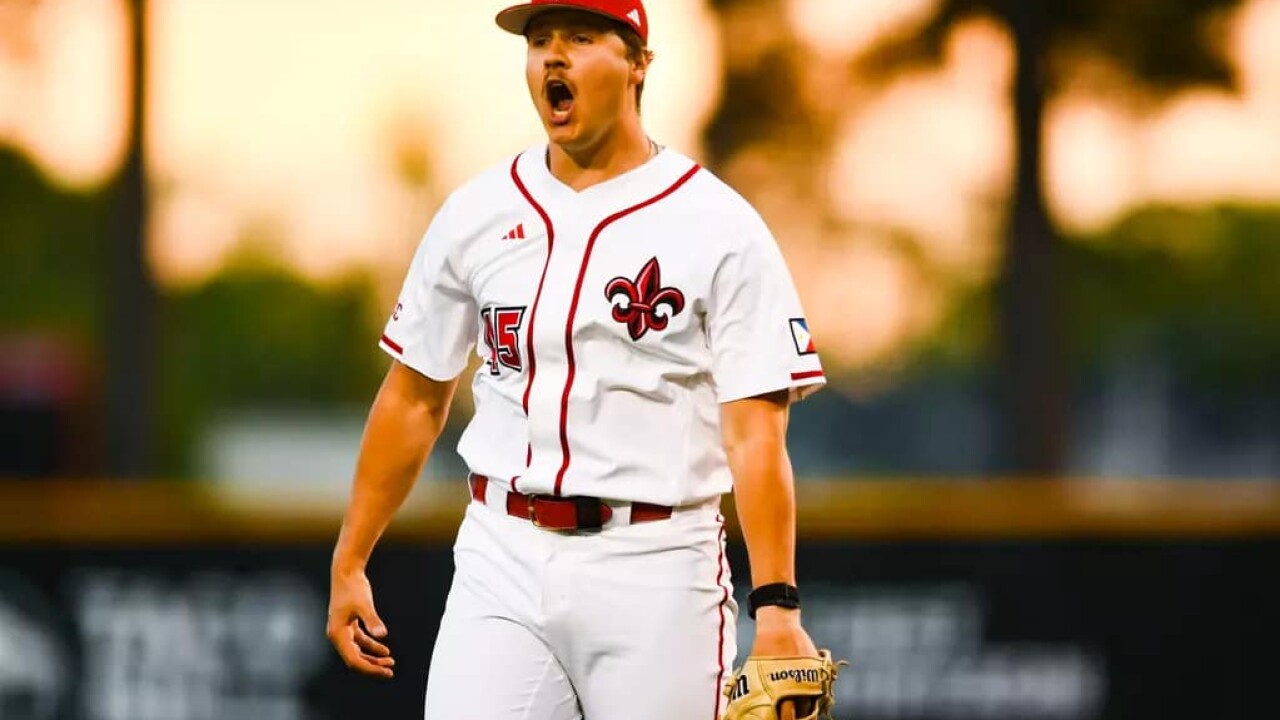On September 20, 2023, the Kansas City Royals earned a 6-2 victory over the Cleveland Guardians. It was the team’s third consecutive victory. That moved the team’s record to 51-102 on the season. It marked just the third (and final) win streak of at least three games that season. Things weren’t sitting pretty for an organization in the doldrums of last place, with a farm system that offered little immediate help on the horizon. With so much going wrong, the Royals announced a move that was aimed at turning things around.
Reports that day surfaced that the Royals had signed Brian Bridges to become their Director of Amateur Scouting. Bridges had spent time in Atlanta for much of his career, giving General Manager J.J. Picollo a degree of familiarity with his newest front office member. After Atlanta, Bridges transitioned to San Francisco as a national cross-checker in the Giants organization. The move sparked some questions regarding which direction Kansas City would be going as an organization. Would they continue to lean heavily on traditional scouting, or would they move toward a more analytical approach? Now halfway through the team’s first draft under Bridges, the answer to those questions has started to surface.
In Brian Bridges, the Royals have bridged the gap between traditional scouting and modern-age analytics
Bridges worked with the Braves for more than a decade, joining Atlanta as an Area Scout in 2007. He worked his way through the organization, becoming the team’s Scouting Director by 2015. In much of his time with the Braves, Bridges was traditionally minded when it came to scouting. “I was more traditional when I was with Atlanta,” Bridges said on a media call after Monday’s tenth round. He said he’s learned a lot in his time, both with Atlanta and with the Giants. Some of that traditional-sense scouting came through in comments about this year’s draft crop.
Bridges praised Drew Beam’s command of the strikezone and Jac Caglianone’s immense power. Of catcher Canyon Brown, he called him “elite” behind the dish, praising the elite arm strength that passes the eye test. Second-round selection, David Shields, is an athletic lefty with good projection and youth on his side. Bridges raved about his command of the strike zone and also praised the athleticism that made Shields a two-way star in high school. In many ways, the returns on this year’s draft class were focused on many of the traditional things the Royals have looked for over the years. At least, until they weren’t.
On day two of the draft, Bridges sounded more like an analytical mind. “When I went to San Francisco with Farhan [Zaidi], I learned a lot about the spin rate and carry,” Bridges said of his time after Atlanta. Bridges moved on from Atlanta after the 2018 season, catching on quickly with the Giants as a national cross-checker. Of the eight picks the team made on day two, seven were college pitchers. Bridges ran down the list Monday night, listing the different traits that stood out from each arm.
Of fourth-rounder L.P. Langevin, Bridges praised his “disappearing fastball” with high spin rates. Sixth-rounder Tanner Jones was a target thanks to above-average spin rates on his breaking ball. Eighth-rounder Nick Conte is a high-risk arm with a low track record of innings after Tommy John Surgery prior to 2023. Bridges called him an “elite spin” pitcher and praised the spin rates of both his fastball and breaking ball. The final pick of the day was lefty Nate Ackenhausen. Ackenhausen was relatively unknown to most — not landing on many top prospect lists — but Bridges called him perhaps the most polished senior lefty he’s seen. Why? Again, Bridges praised the spin rates. Ackenhausen’s fastball has touched as high as 2500 rpm.
The Royals don’t need to be stuck in their ways or at the forefront. Balance works just fine.
In the modern age of scouting, having a balanced approach seems as important as ever. Focus simply on the traditional, and teams are bound to miss developmental arms that could become something special. On the flip side, focus only on the analytics behind an arm and you’re more likely to overthink a selection and miss on the pick entirely. Under Brian Bridges, it seems as if the Royals have struck a balance between the two that should suit them well over the coming years. It’s not just Bridges either. The pitching development team — under names such as Paul Gibson, Brian Sweeney, and others — has been early to adopt the use of new technology, such as ground-force mounds.
General Manager J.J. Picollo has talked up fastball traits when discussing recent trades, as well as a player’s athleticism and makeup. On the hitting side, minds such as Hitting Coach Alec Zumwalt and Drew Saylor (Director of Hitting Performance) have seemingly prioritized the process over results. Focusing on swinging in the zone appropriately and emphasizing hard contact has helped the system churn out big-league contributors such as Michael Massey, Vinnie Pasquantino, and of course Bobby Witt Jr.
I’m sure there are a dozen or so names that I missed who have been crucial to the organization’s blending of traditional and analytics in recent years. It’s the next step for the Royals as they look to navigate forward under new leadership. After all, it’s only been since late 2019 that the team transitioned to new ownership. It’s been much less time since they moved away from long-time executive Dayton Moore. Change takes time in baseball, especially on an organizational scale. As time passes, we’re just now seeing what the path forward may look like for these Royals. Blending the new school methods with the old school thinking should give Kansas City the best of both worlds — and continued success on the field.
Discover more from Farm to Fountains
Subscribe to get the latest posts sent to your email.






